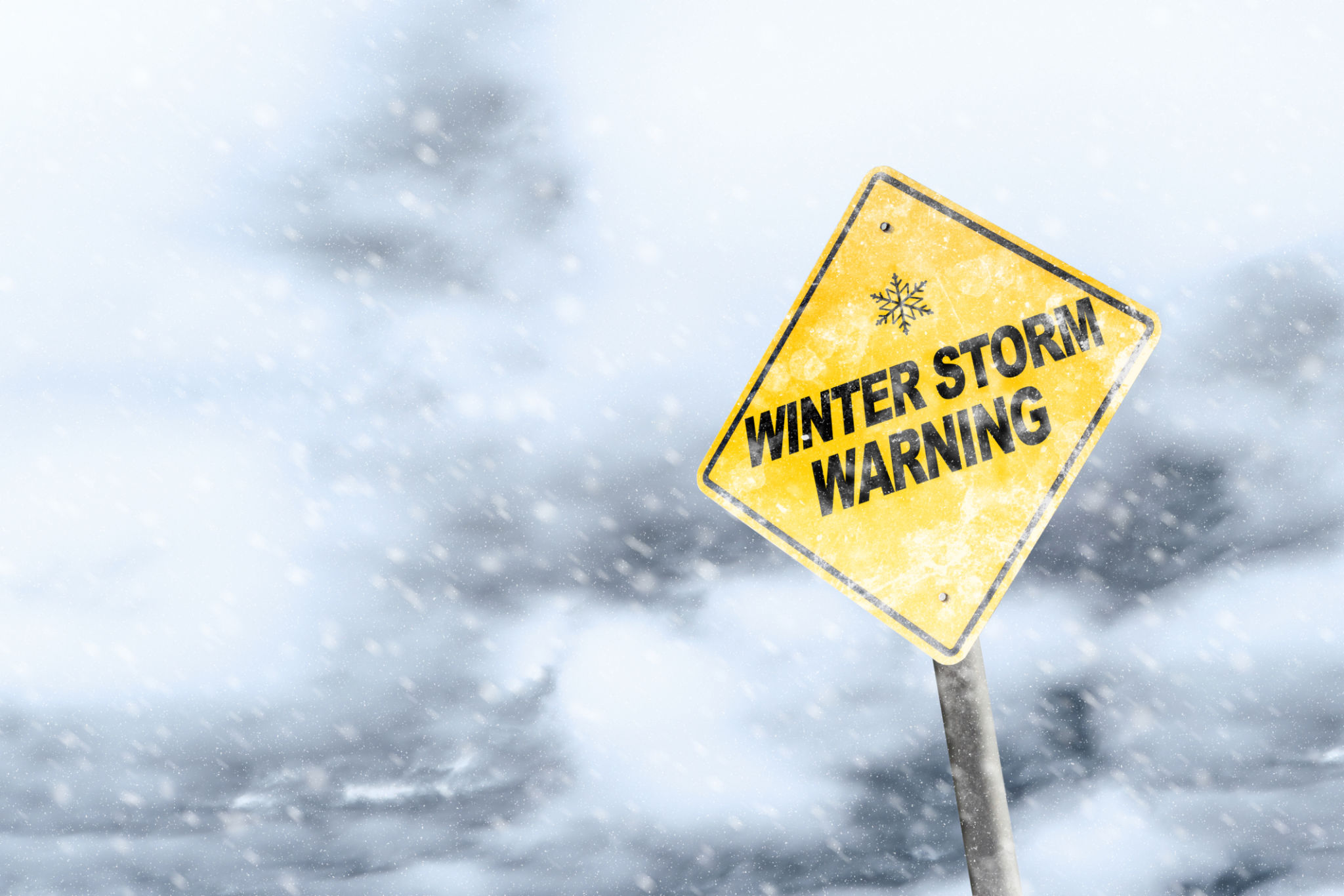Seasonal Safety Tips: Preparing for Winter Emergencies with First Aid Knowledge
Understanding Winter Emergencies
Winter can be a beautiful season, but it also brings its own set of challenges, especially when it comes to safety. As temperatures drop and snow begins to fall, it's essential to prepare for potential emergencies. Whether you’re at home, on the road, or enjoying outdoor activities, being ready for unexpected situations can make all the difference.
One of the key components of winter preparedness is having a solid understanding of first aid. This knowledge can help you manage minor injuries and even save lives in severe conditions. Preparing your first aid kit and understanding how to use it effectively are crucial steps in ensuring safety during the colder months.

Building a Winter-Ready First Aid Kit
Having a well-stocked first aid kit is always important, but during winter, you may need to add specific items. Consider including:
- Thermal blankets: These help retain body heat in case someone gets stranded in the cold.
- Hand warmers: Useful for preventing frostbite when temperatures plummet.
- Waterproof matches and candles: Essential for providing light and warmth if you're stuck without power.

First Aid for Common Winter Injuries
Specific injuries become more common in winter due to icy conditions and cold temperatures. Here’s how to handle a few of them:
Frostbite
If someone is experiencing frostbite, move them to a warmer area immediately. Avoid rubbing the affected area and instead warm it gently using body heat or lukewarm water.
Hypothermia
Hypothermia occurs when the body loses heat faster than it can produce it. Symptoms include shivering, confusion, and exhaustion. To treat, move the person to a warm place, remove any wet clothing, and wrap them in blankets.

Preparing Your Vehicle for Winter
Your vehicle can be a lifeline during winter emergencies, but only if it’s properly prepared. Ensure your car is winter-ready by checking the battery, tires, and antifreeze levels. Additionally, keep an emergency kit in your vehicle that includes:
- A flashlight with extra batteries
- A shovel and ice scraper
- Non-perishable snacks and bottled water
- A basic first aid kit
Staying Informed During Winter Storms
Staying informed is critical during winter emergencies. Monitor weather updates through reliable sources and have a battery-powered radio on hand in case of power outages. Knowing when a storm is approaching allows you to take precautionary measures before conditions worsen.

Conclusion
Winter emergencies can be daunting, but with the right preparation and first aid knowledge, you can navigate them safely. By building a comprehensive first aid kit, understanding how to treat common winter injuries, preparing your vehicle, and staying informed about weather conditions, you’ll be better equipped to handle whatever challenges winter throws your way.
Remember, safety is about prevention and preparedness. Take the time now to ensure you’re ready for the season ahead, allowing you to enjoy winter's beauty without worrying about its potential hazards.